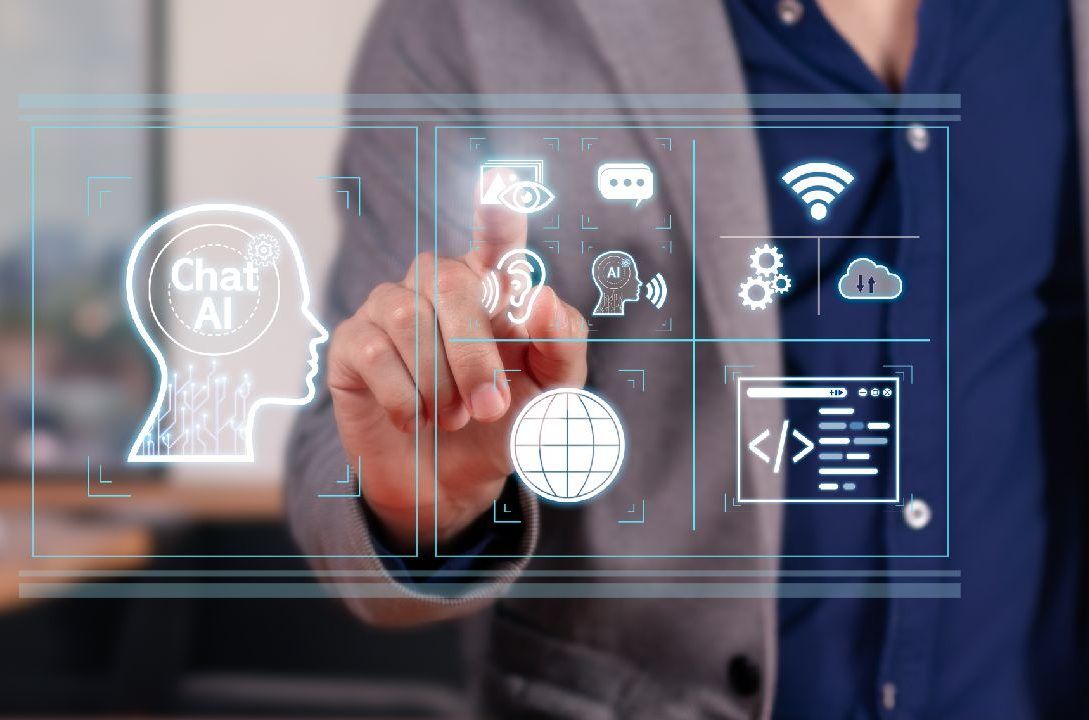In the ever-evolving landscape of customer support and interaction, businesses are increasingly turning to artificial intelligence (AI) solutions to enhance their capabilities. Two popular choices in the realm of AI-driven communication are ChatGPT and traditional chatbots. While both serve the purpose of automating customer interactions, they have distinct differences in terms of capabilities and applications. In this blog post, we’ll explore the differences between ChatGPT and chatbots and help you determine which one might be the right fit for your business.
Chatbots: The Traditional Approach
- Rule-Based Interaction: Traditional chatbots operate on predefined rules and scripts. They respond to specific keywords or phrases with pre-programmed answers. This makes them well-suited for handling routine, frequently asked questions.
- Scalability: Chatbots excel at handling a high volume of repetitive queries simultaneously. They ensure quick responses to common customer inquiries, reducing wait times and improving customer satisfaction.
- Limited Contextual Understanding: Traditional chatbots struggle with understanding the context of a conversation. They may provide irrelevant responses if the user’s query deviates from the predefined script.
- Structured Data: Chatbots are proficient at extracting structured data such as names, dates, and account numbers. They can facilitate straightforward transactions and data retrieval.
- Cost-Efficiency: Implementing a chatbot can be cost-effective, especially for businesses that need to handle large volumes of routine inquiries without human intervention.
ChatGPT: The AI Conversation Model
- Contextual Understanding: ChatGPT, powered by advanced AI, excels at understanding the context of a conversation. It can maintain coherent and relevant discussions even when users provide input that doesn’t follow a strict script.
- Natural Language Processing: ChatGPT utilizes natural language processing to comprehend and generate human-like responses. This makes interactions with customers more fluid and engaging.
- Adaptability: ChatGPT can be adapted to various business use cases, from customer support to content generation. It can understand and generate text in multiple languages and adapt to different industries.
- Continuous Learning: ChatGPT can improve over time with continuous training on specific datasets. This allows it to become increasingly accurate and relevant in its responses.
- Complex Conversations: Unlike chatbots, ChatGPT can handle complex, non-linear conversations with ease. It can offer personalized recommendations, explanations, and engage in open-ended discussions.
Choosing the Right Solution for Your Business
The choice between ChatGPT and chatbots depends on your business’s specific needs and objectives:
- Use Case: If your primary goal is to efficiently handle routine inquiries and provide quick responses to frequently asked questions, a traditional chatbot might be the better choice.
- Complex Conversations: If your business involves nuanced, non-linear interactions where understanding context and providing personalized responses is critical, ChatGPT is a strong contender.
- Cost: Consider your budget and resources. Chatbots can be cost-effective for handling routine tasks, while ChatGPT may require more substantial investment but offer greater versatility.
- Scalability: Evaluate whether your business needs to scale its customer support or interactions. Chatbots are designed to handle large volumes of inquiries simultaneously.
- Long-term Strategy: Think about your long-term customer interaction strategy. ChatGPT’s adaptability and ability to learn and improve over time may be advantageous for businesses seeking continuous enhancement in customer interactions.

Conclusion
Both ChatGPT and traditional chatbots have their merits and applications in the world of AI-driven customer support and interaction. The choice between the two depends on your business’s specific needs, budget, and long-term goals. In many cases, a combination of both technologies may be the optimal solution, allowing you to provide efficient responses to routine queries while offering a more personalized and engaging experience when needed. Ultimately, the right choice will align with your business’s unique requirements and enhance the overall customer experience.
Related Posts:
Get Started with a free 15 -day trial
No credit card required for Trial Plan
Continue using starter plan for free forever, after trial or upgrade to Premium Subscription






